Technique Toolbox: Successive Glazes
May 13, 2014 by elromanozo
For some website features, you will need a FREE account and for some others, you will need to join the Cult of Games.
Or if you have already joined the Cult of Games Log in now
What difference will having a FREE account make?
Setting up a Free account with OnTableTop unlocks a load of additional features and content (see below). You can then get involved with our Tabletop Gaming community, we are very helpful and keen to hear what you have to say. So Join Us Now!
Free Account Includes
- Creating your own project blogs.
- Rating and reviewing games using our innovative system.
- Commenting and ability to upvote.
- Posting in the forums.
- Unlocking of Achivments and collectin hobby xp
- Ability to add places like clubs and stores to our gaming database.
- Follow games, recommend games, use wishlist and mark what games you own.
- You will be able to add friends to your account.
What's the Cult of Games?
Once you have made a free account you can support the community by joing the Cult of Games. Joining the Cult allows you to use even more parts of the site and access to extra content. Check out some of the extra features below.
Cult of Games Membership Includes
- Reduced ads, for a better browsing experience (feature can be turned on or off in your profile).
- Access to The Cult of Games XLBS Sunday Show.
- Extra hobby videos about painting, terrain building etc.
- Exclusive interviews with the best game designers etc.
- Behind the scenes studio VLogs.
- Access to our live stream archives.
- Early access to our event tickets.
- Access to the CoG Greenroom.
- Access to the CoG Chamber of Commerce.
- Access the CoG Bazarr Trading Forum.
- Create and Edit Records for Games, Companies and Professionals.
Supported by (Turn Off)
Supported by (Turn Off)
Supported by (Turn Off)





























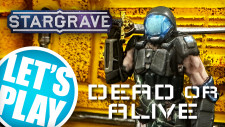

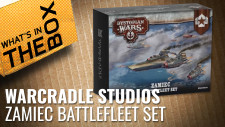
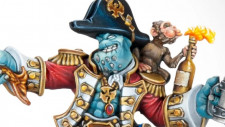
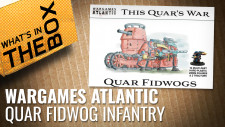









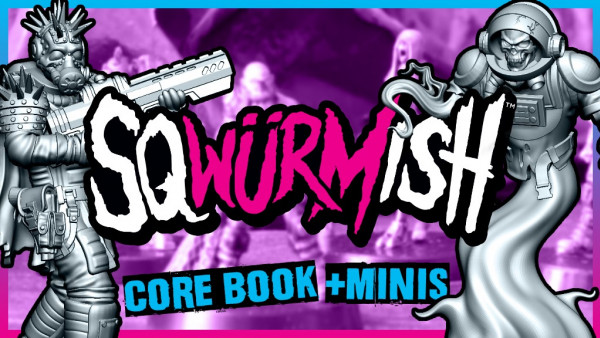
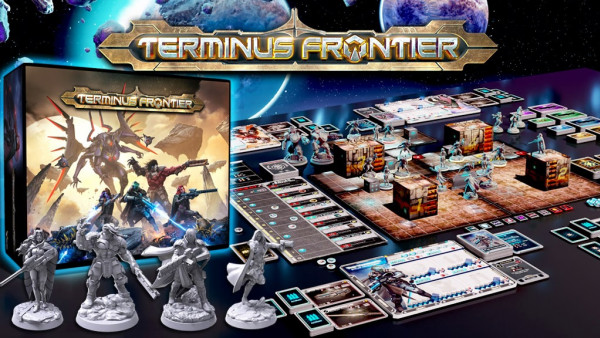

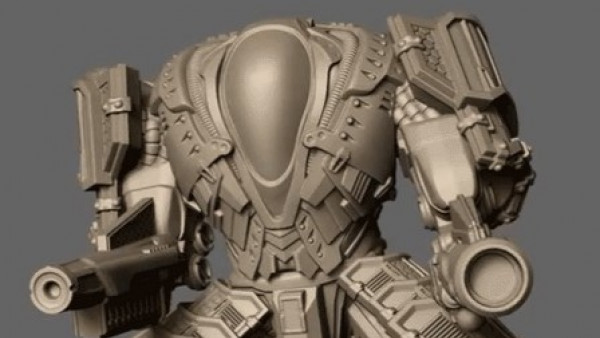

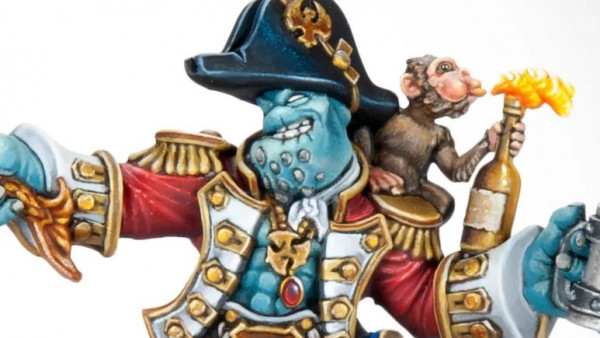
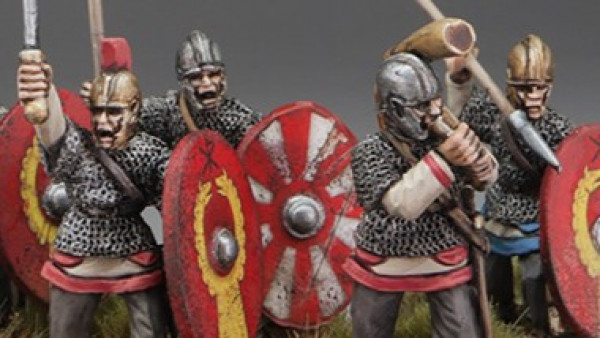
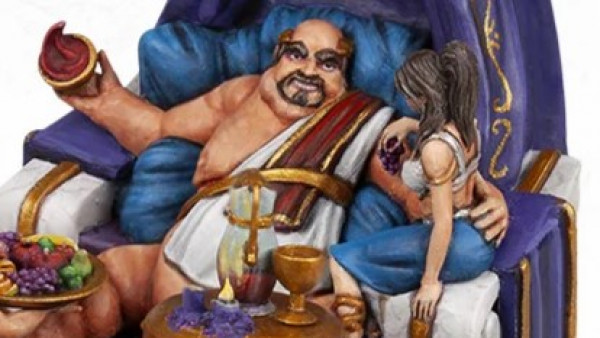
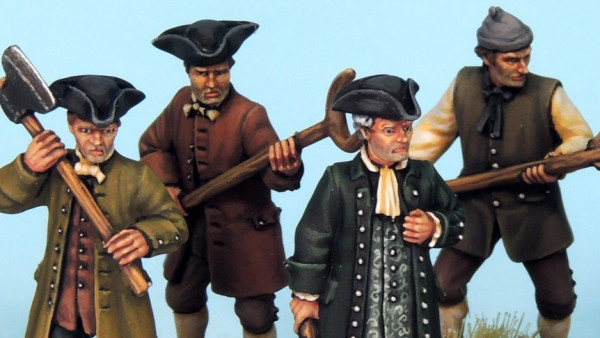
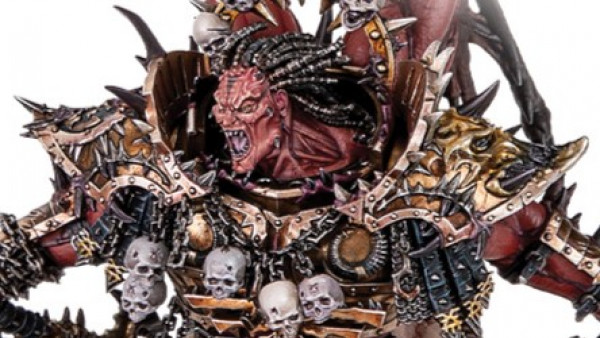
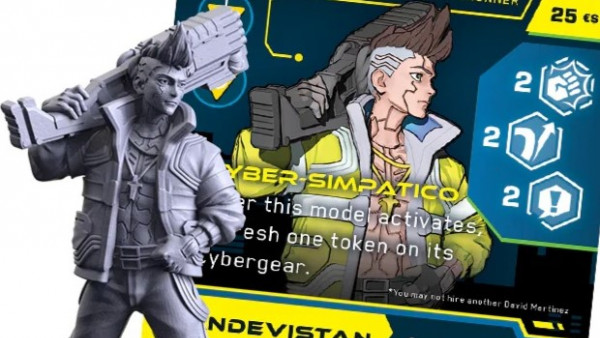
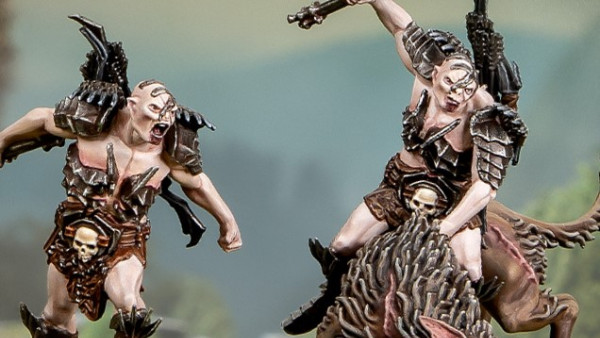
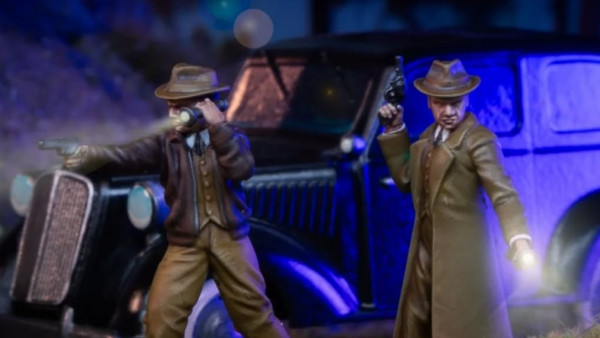
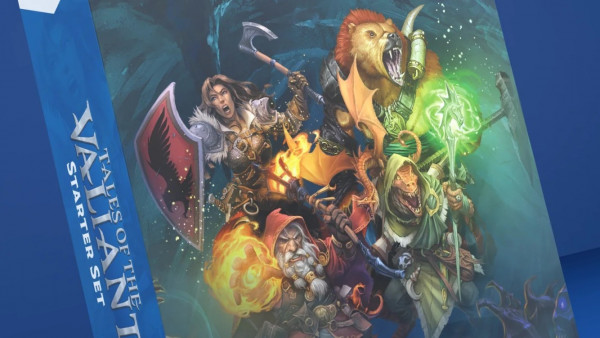
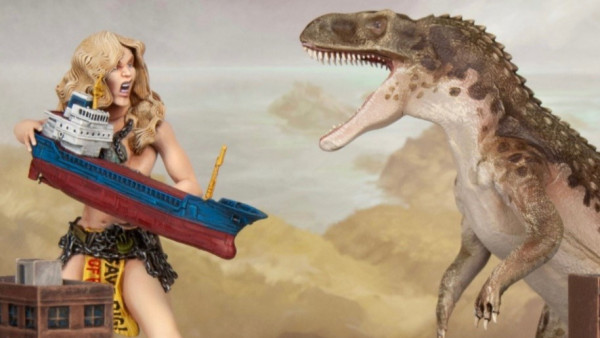
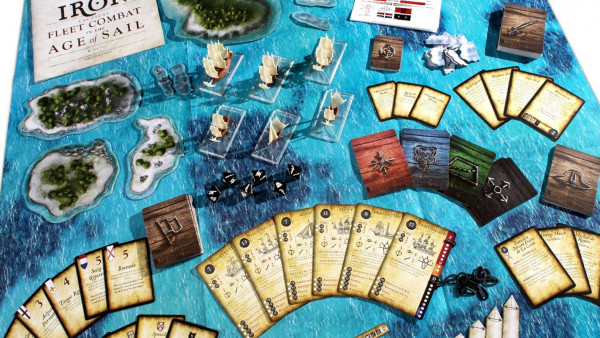
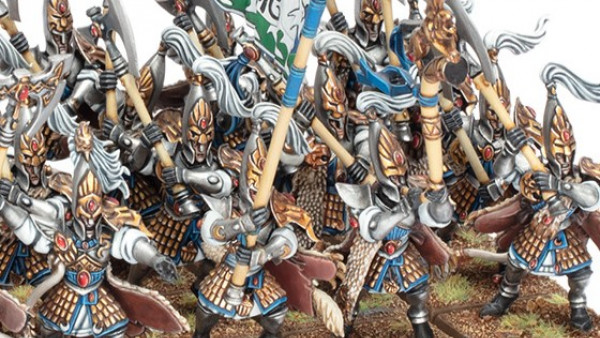
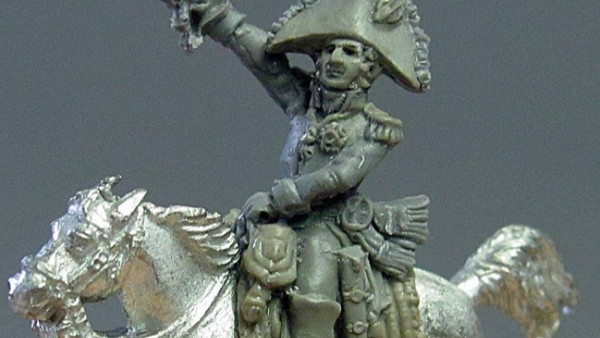
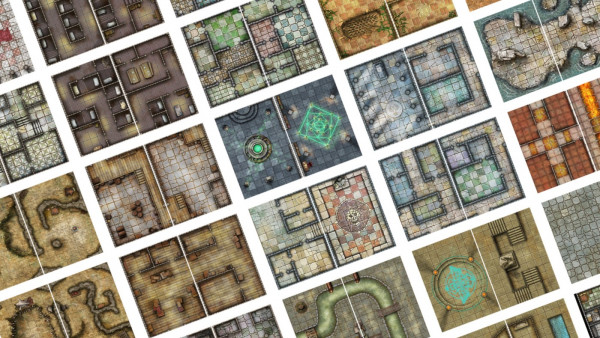
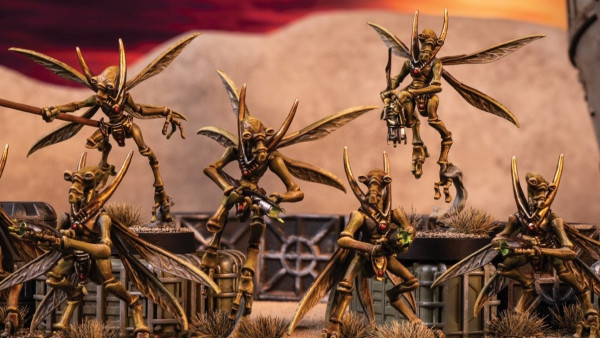

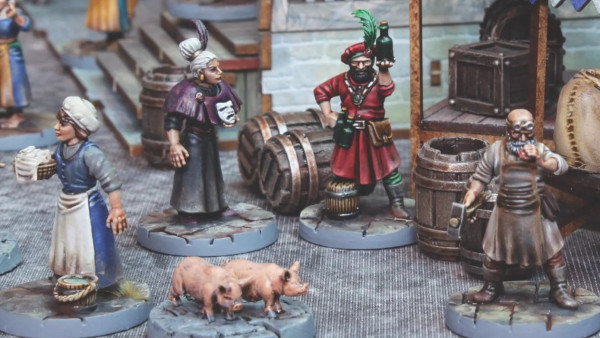
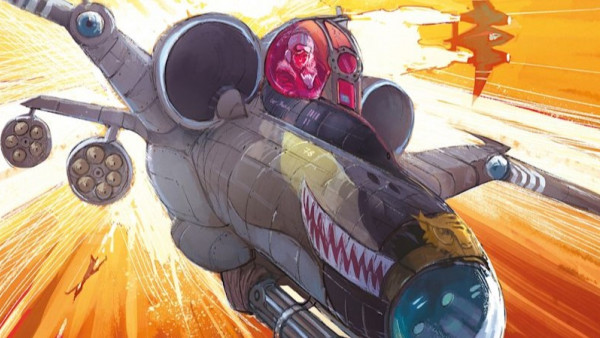

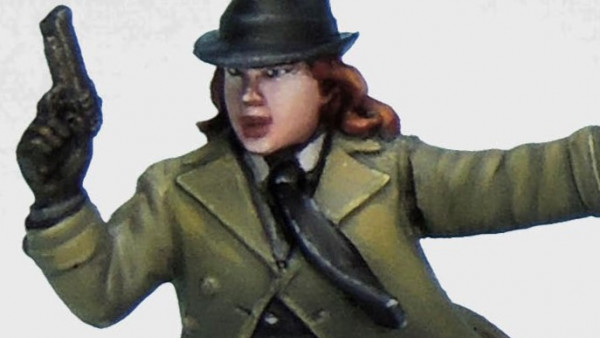
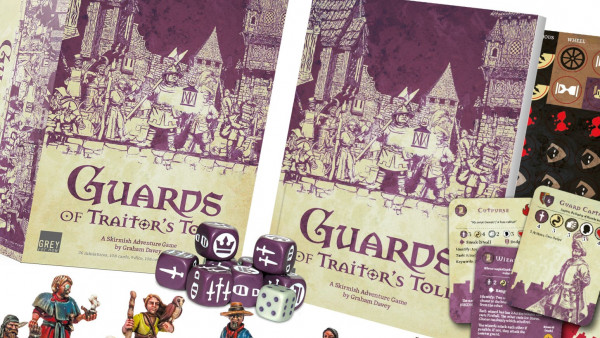
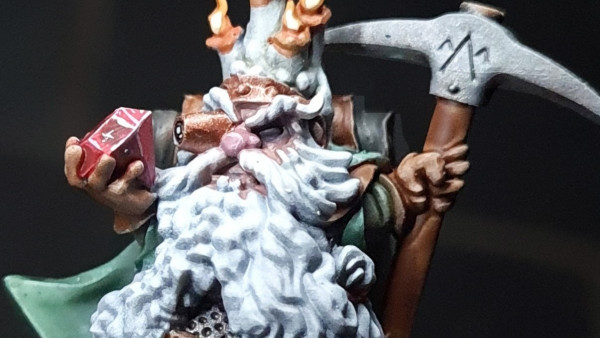

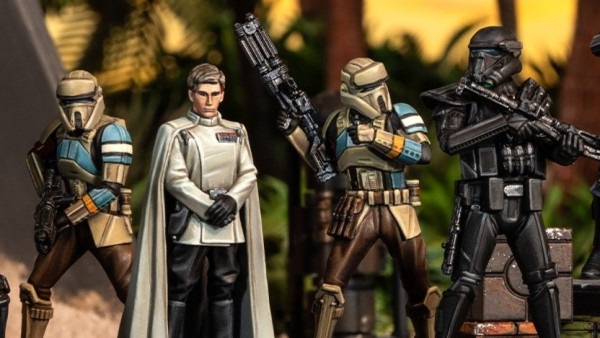
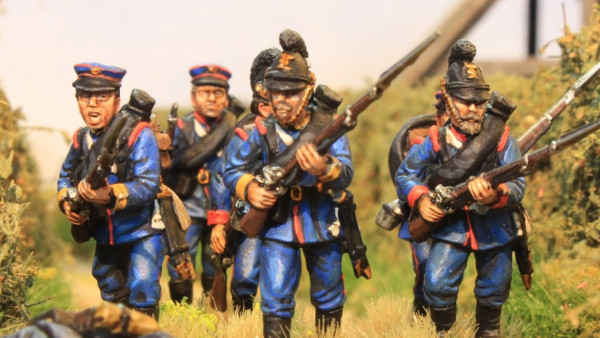

Great video once again Romain, and great tips on the wet palette. I’m still using the basic modeler’s plastic tray with the little “bowls.” Is that a damp washcloth you’re using for the pallet? Make sure Warren and Lloyd don’t steal it to make camo netting out of. 😀
Thanks a lot !
I’ve done a video tutorial on how to make a wet palette, it’s on the site… It’s a sponge and some baking paper/oven paper.
There’s nothing wrong with using dry palettes, a lot of people do it, including master painters… For some techniques, it’s not that important, especially if you work fast.
He did it again… another great tutorial!
This is a technique I have been trying to learn and develop as I like the look of the minis painted this way and it gives a great contrast and gradient control.
Lots of new things to try now, thanks Romain!
Would it be too much to ask for a tutorial on using it on red and yellow, since you already gave some tips? 😉
I can’t wait for the next lesson…
Thanks
Fernando
My, how kind ! Thank you… 🙂
I haven’t done (and will not do) red and yellow on Technique Toolbox, at least in the forseeable future… I picked blue on purpose. It’s not about tone, it’s about technique, and the technique is the same whatever the colour, give or take, provided you can achieve dilution control with your brush.
However, I’ve been doing that sort of thing a lot in other tutorials (mostly full tutorials, but also tips). Look for them on the site !
Thank you, Romain, excellent tutorial. This has been my favourite technique so far. I was wondering if it would be possible to see a picture that showed a line up of the miniatures used in the past tutorials to get a comparison of the techniques?
Thanks ! The picture will be done in the end… It was supposed to be done anyway.
36:36 … he calls his results “a little bit crude.” Dude, that blows away any of my tank miniatures.
Oh, you are kind…
Still, use what I’ve shown you, and you’ll get there ! 🙂
Lovely finish there, Romain. Such vibrant colours. When I get round to my Infinity I’ll take a bit more time on them (compared to grinding out Warhammer and WW2 minis) and try to do the sculpts justice.
Yes, as I said… a bit crude. But serviceable. And you “get” how the technique works ! 🙂
This technique is what I need to learn next. I feel pretty confident on basics. But this technique gives the type of result I want to achieve. Thank you for going through each technique. I feel that I am building up my tool belt so that I know how to get the result I desire.
I like being able to watch multiple times, stop and replay bits. That really helps!
Thanks for the video, some helpful tips there. You mention in the video that there’s another video explaining how you setup your wet pallete, I don’t seem to be able to find it. Could I have a link please?
I can’t seem to find it either at the moment… it must be lost in our vaults… but star editor @Dignity says he will find it ! 🙂
Thanks to you both, maybe a repost to the hobby section when it reappears?
Sadly, no luck finding the video… Still, don’t despair. To make a wet palette, you need : A plate, or a similarly shaped flat container with low edges. A flat sponge (get it in supermarkets), or alternately a bunch of kitchen roll sheets. Some baking paper (some of you call it oven paper, or parchment paper… it’s the porous, white kind, not the glazed kind, the kind you use for baking). Some water. Recipe : Put the flat sponge on the plate, saturated with water. Put some baking paper on top of the wet sponge, flatten it a little with… Read more »
Thank you for this. Time to hit the shops!!
Awesome! Thanks for the details. 🙂
I believe it is called ferrule.
Long ago I used to do successive ink washes on bare metal. While much cruder, it can produce interesting effects for metal armor. Just too bad that actually getting metal minis is getting harder…
One of the things I liked about metal miniatures was using a modelling knife at an angle to polish weapons like swords, axes and spears so that they looked like real steal. However, these days I prefer plastic that allow me to customise the minis.
Thanks for the name ! 🙂
There’s a lot of metal out there, even a lot more now than twenty years ago when there were justa few companies (even though resin was just beginning, at that time). I don’t think it’s that hard to find metal miniatures today… just metal miniatures for GW.
I was looking forward to this technique. If I’m not mistaken it was this technique you used on the USSR soldier from Mercs Week.
I love the gradient control this technique offers.
I must say that (and I mean this as a compliment) it is reassuring to me that even the experts make the odd oversplash mistake from time to time and to me it just as important you showed how to correct it in the tutorial (rather than editing it out) as the tutorial itself.
It gives me hope that I am on the right track.
Thanks Romain.
Finally got a quiet moment to sit and watch. Glazes was the tutorial I wanted to see. It didn’t disappoint. Thanks Romain
Thanks guys ! I’m immensely grateful… I really do feel privileged to be able to help you all out !
There will be more tutorials in this series… don’t miss airbrushing, and don’t miss wet blending !
Excellant tutorials Romain! I have learned a lot from watching them. I will start tryung out successive glazes (mostly been painting foundry system before).
Would it be possible for you to post a video or pictures of the different techniques you have been painting on the same kind of miniature? Would be good to be able to compare the results from the different techniques. I think it would be helpful in choosing between techniques.
Keep the tutorials coming!